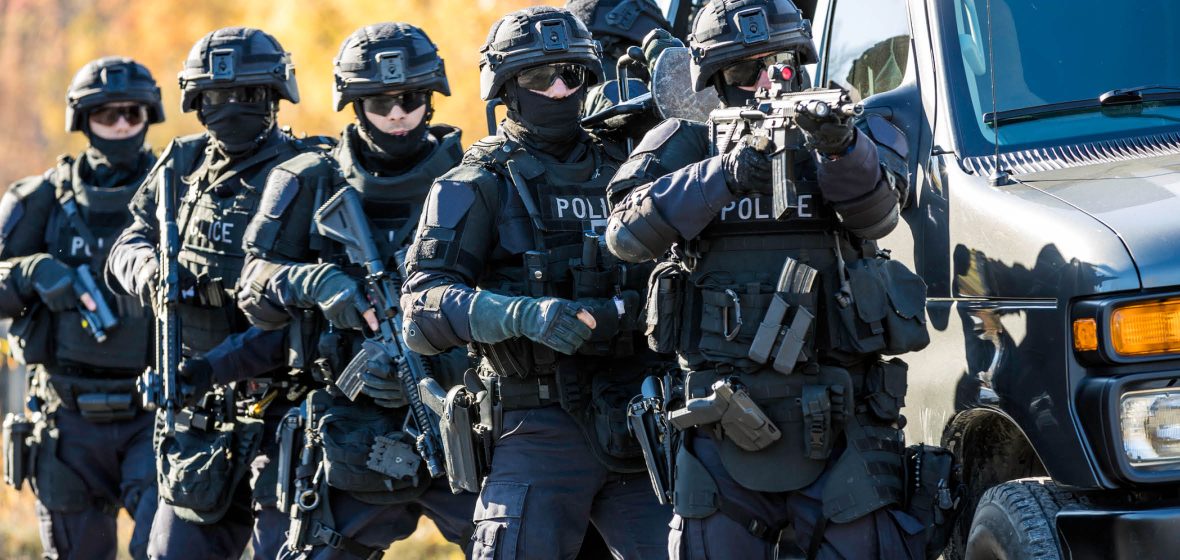Snapshot
- Three controversial counter-terrorism powers – control orders, preventative detention orders, and ASIO’s questioning and detention warrant powers – were due to expire under sunset clauses in late 2015 and mid-2016. The Counter-Terrorism Legislation Amendment (Foreign Fighters) Act 2014 (Cth) delays their expiry until September 2018, thereby postponing a major upcoming opportunity to review those laws
- The Act creates an offence of entering or remaining in a ‘declared area’. No other physical elements of the offence are required. It is a defence to show that the person travelled to the area solely for a legitimate purpose, although many legitimate purposes are not included in the list of exemptions
- The Act creates an offence of ‘advocating’ terrorism. The offence is likely to target a range of legitimate speech acts, and in this respect it raises similar problems to the discredited (and now amended) sedition offences introduced by the Howard Government in 2005.
The Counter-Terrorism Legislation Amendment (Foreign Fighters) Act 2014 (Cth) (Foreign Fighters Act) is the second of three tranches of national security legislation introduced by the Abbott Government. Whereas the first focused on intelligence gathering powers and secrecy, the Foreign Fighters Act covers a multitude of areas across 162 pages of legislation, including the criminal law as it relates to terrorism.
The public consultation process for the Foreign Fighters Act was heavily truncated, with interested parties given eight days to make submissions to the Parliamentary Joint Committee on Intelligence and Security (PJCIS) inquiry into the Bill. The Bill then received three days’ scrutiny in parliament, with the debate in the House of Representatives limited to only two hours.
As the name of the new law suggests, the Foreign Fighters Act is directed to the problem of Australian citizens and residents travelling to Iraq and Syria to take part in the conflicts there, and then returning home with radical outlook and training in terrorism. The nature of the threat posed by these people to the Australian community was used to justify the hasty enactment of the law.
The Foreign Fighters Act amends some 22 existing acts. Some amendments – such as relaxing current restrictions on adducing foreign evidence in a criminal trial (Foreign Evidence Act 1994 (Cth), pt 3A) and new powers for the Australian Security Intelligence Organisation (ASIO) to temporarily suspend a person’s passport (Australian Passports Act 2005 (Cth), s 22A; Foreign Passports (Law Enforcement and Security Act) 2005 (Cth), s 15A) – can be seen as necessary and urgent measures to respond to this problem and overcome limitations in the existing law.
However, other aspects of the Foreign Fighters Act cannot be cast as urgent. A key example of this is the extension of sunset clauses on existing anti-terrorism powers that were not due to expire until late 2015 and mid-2016.
Two new offences – a ‘declared area’ offence and an offence for advocating terrorism – have significant implications for the presumption of innocence and the right to freedom of expression. This impact was made clear in a report on the law by the Parliamentary Joint Committee on Human Rights.
In addition to these changes, the Foreign Fighters Act strengthens the powers of authorities to investigate the threat posed by returning fighters.
The Act creates a delayed notification warrant scheme, which allows a search warrant to be executed in secret and the individual to be notified of that search up to a year or more later (Crimes Act 1914 (Cth), Part 1AAA). It also lowers the threshold for arresting individuals without a warrant for terrorism offences from ‘reasonable belief’ to ‘reasonable suspicion’, and strengthens customs powers at airports.



